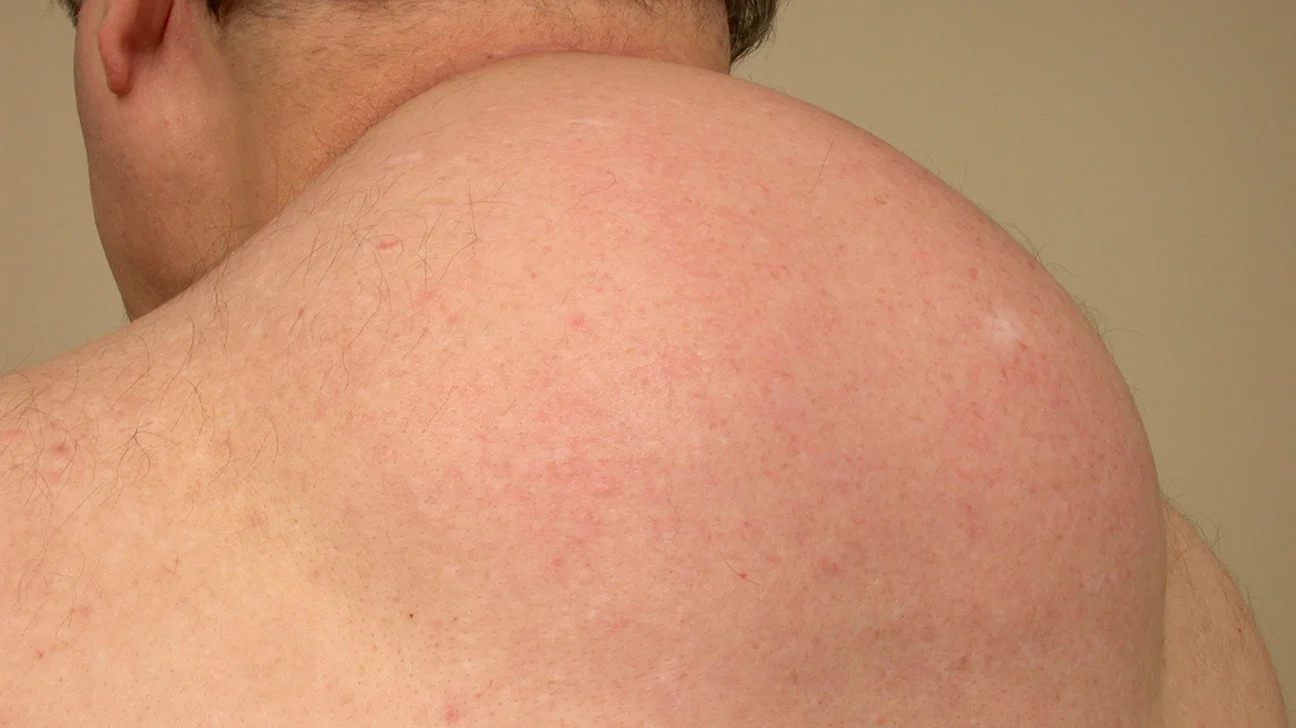Understanding Lipodystrophy: Causes, Symptoms, and Management
Lipodystrophy is a complex condition that affects the distribution of body fat, presenting unique challenges for both individuals and medical professionals. This comprehensive guide aims to shed light on lipodystrophy, from its causes and symptoms to effective management strategies.

What is Lipodystrophy?
Lipodystrophy is a rare disorder characterized by abnormal fat distribution throughout the body. It can be classified into different types, including genetic, acquired, and congenital lipodystrophy. Despite its rarity, understanding lipodystrophy is crucial due to its significant impact on overall health and well-being.
Common Symptoms and Diagnosis
The symptoms of lipodystrophy vary depending on the type and severity of the condition. Individuals with lipodystrophy often experience fat loss in certain areas, leading to an abnormal accumulation of fat in other regions. Metabolic complications, such as insulin resistance and diabetes, are also common. Diagnosing lipodystrophy can be challenging due to its rarity, but a thorough medical history, physical examination, and genetic testing play pivotal roles in accurate diagnosis.
Causes and Risk Factors
Lipodystrophy can arise from both genetic mutations and acquired factors. Genetic lipodystrophy is typically caused by mutations in specific genes that regulate fat metabolism. Acquired lipodystrophy, on the other hand, can result from medical conditions such as autoimmune disorders or medical treatments like certain medications. While genetic factors play a significant role, additional research is needed to fully understand the complete range of causes and risk factors.
Implications and Health Risks
The impact of lipodystrophy extends beyond its physical manifestations. Metabolic disturbances associated with lipodystrophy, such as insulin resistance and dyslipidemia, contribute to an increased risk of diabetes and cardiovascular complications. Furthermore, individuals with lipodystrophy may face challenges in maintaining a healthy body weight and managing their overall health. Regular medical monitoring and a multidisciplinary approach are essential to mitigate these risks.
Management and Treatment
Effectively managing lipodystrophy requires a comprehensive approach. Lifestyle modifications, including a balanced diet and regular physical activity, play a crucial role in controlling metabolic abnormalities. Medical interventions, such as insulin-sensitizing medications and lipid-lowering agents, can help address specific complications. The integration of natural language processing (NLP) and AI technologies in healthcare is showing promise in improving diagnosis accuracy and tailoring treatment plans to individual needs.
Living with Lipodystrophy
Living with lipodystrophy presents unique challenges that extend beyond physical health. Individuals may face body image issues, psychological stress, and social stigma due to altered physical appearance. Creating a supportive environment and connecting with patient communities can offer invaluable emotional and informational support. Advocacy organizations also play a vital role in raising awareness, advancing research, and promoting the well-being of those affected by lipodystrophy.
Frequently Asked Questions (FAQs) About Lipodystrophy
Q: What is lipodystrophy?
A: Lipodystrophy is a rare medical condition characterized by abnormal fat distribution in the body. It can lead to fat loss in certain areas and excess fat accumulation in others.
Q: What causes lipodystrophy?
A: Lipodystrophy can be caused by genetic mutations that affect fat metabolism or acquired factors such as certain medical conditions or medications.
Q: What are the common symptoms of lipodystrophy?
A: Symptoms include fat loss in the face, limbs, and buttocks, along with excess fat accumulation in areas like the abdomen. Metabolic issues like insulin resistance and diabetes can also occur.
Q: How is lipodystrophy diagnosed?
A: Diagnosis involves a thorough medical history, physical examination, and genetic testing to identify mutations associated with lipodystrophy.
Q: Is lipodystrophy a hereditary condition?
A: Yes, genetic lipodystrophy is hereditary, often caused by mutations in specific genes. It can be passed down from parents to their children.
Q: What are the health risks associated with lipodystrophy?
A: Lipodystrophy can lead to metabolic complications like diabetes, cardiovascular issues, and liver problems due to disrupted fat metabolism.
Q: Can lipodystrophy be treated?
A: While there is no cure, management strategies include lifestyle modifications, medications to address metabolic issues, and advancements in healthcare technologies.
Q: How does lipodystrophy affect mental health?
A: Lipodystrophy’s impact on appearance can lead to body image issues and psychological stress. Building a support network and seeking professional help are essential.
Q: Are there support resources for individuals with lipodystrophy?
A: Yes, patient communities and advocacy organizations provide emotional support, information sharing, and opportunities to connect with others facing similar challenges.
Q: What does the future hold for lipodystrophy research?
A: Ongoing research aims to deepen our understanding of lipodystrophy’s underlying mechanisms, improve diagnostic tools, and develop more targeted treatment options.
Conclusion
Understanding lipodystrophy is a critical step in providing better care and support for individuals living with this condition. By delving into the causes, symptoms, and management strategies, we gain insights that empower both individuals and healthcare providers to navigate the complexities of lipodystrophy. Through continued research, technological advancements, and community engagement, we can make meaningful strides towards improving the quality of life for those affected by this rare disorder.




